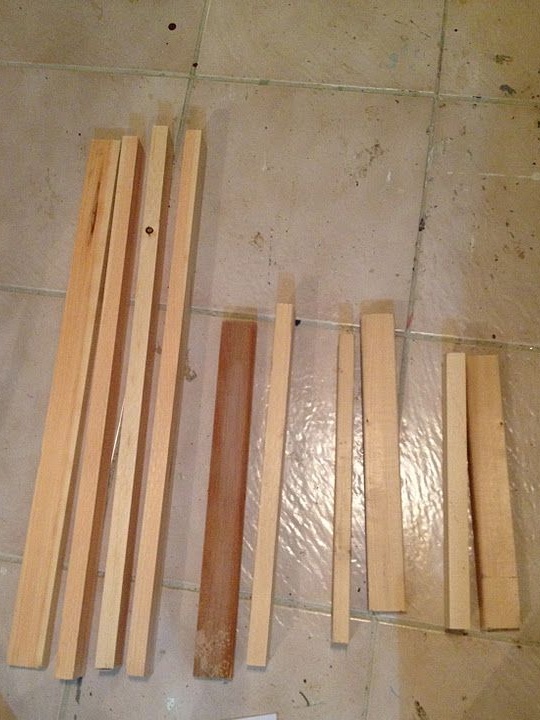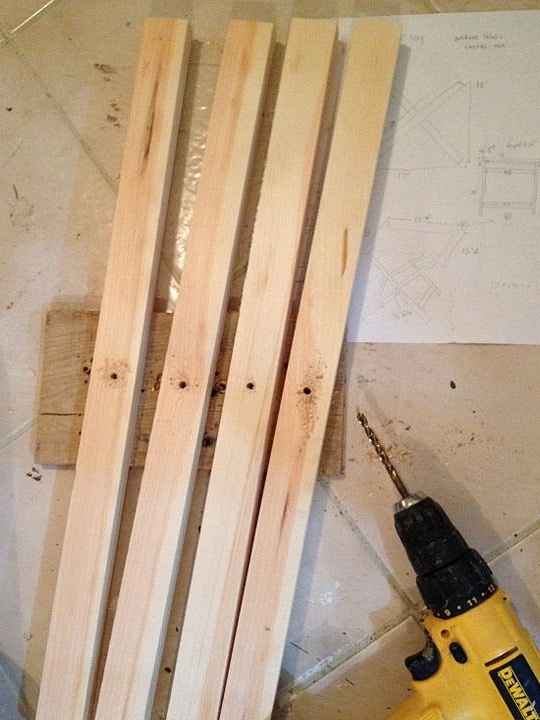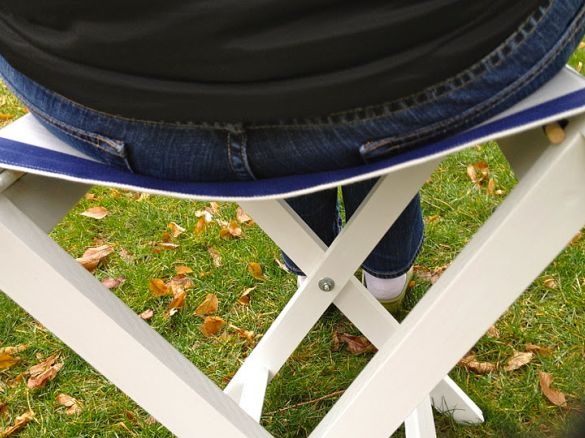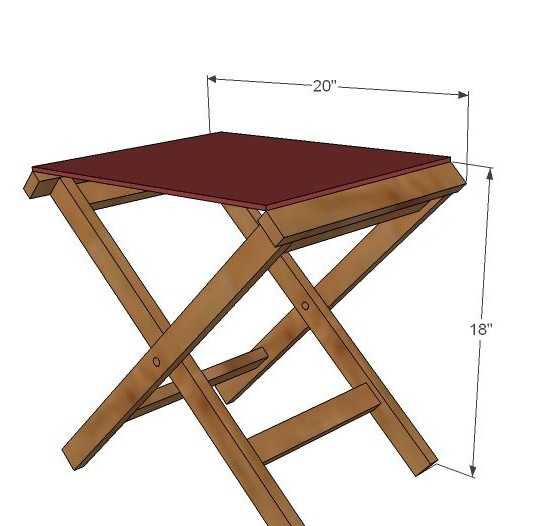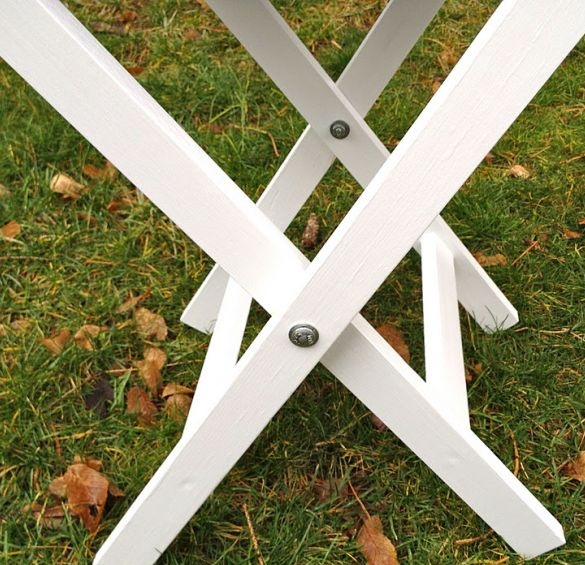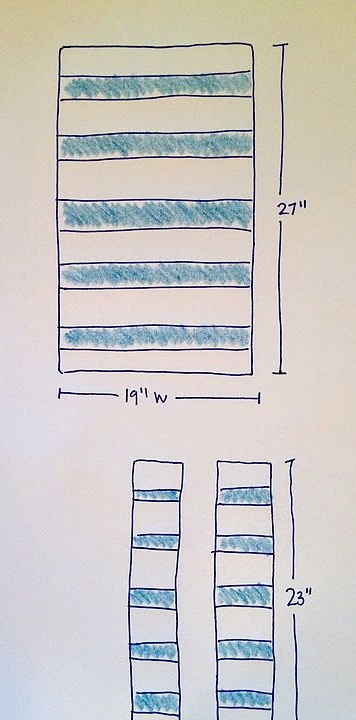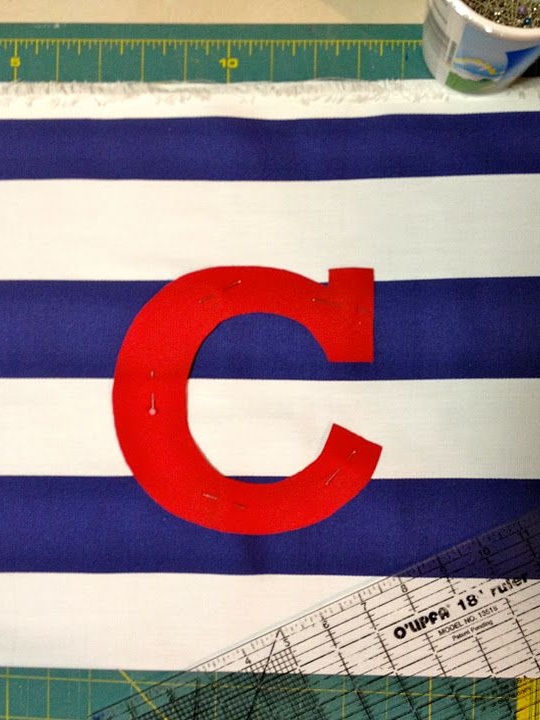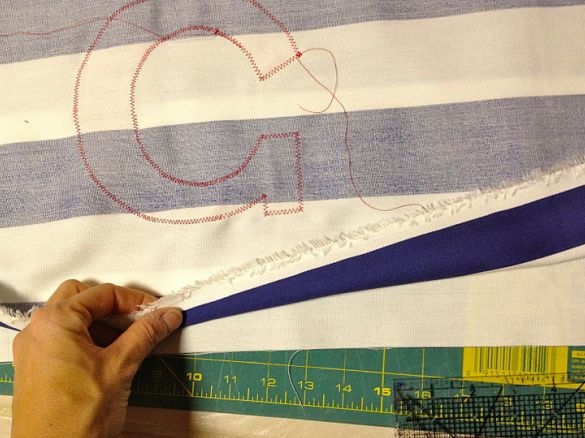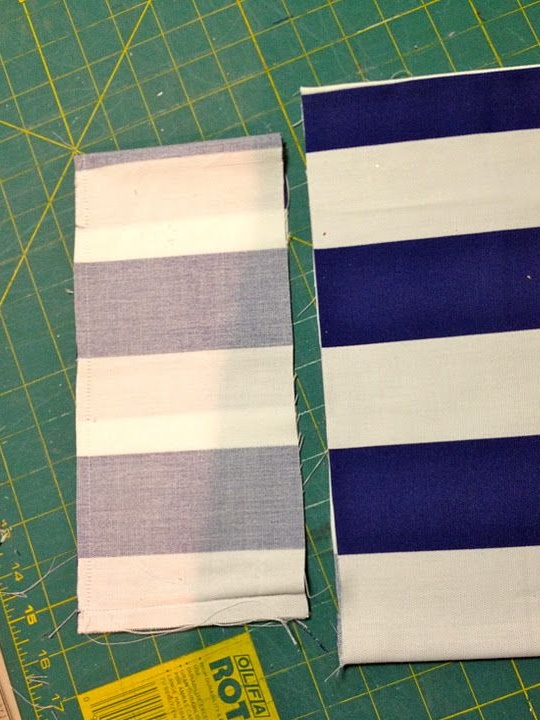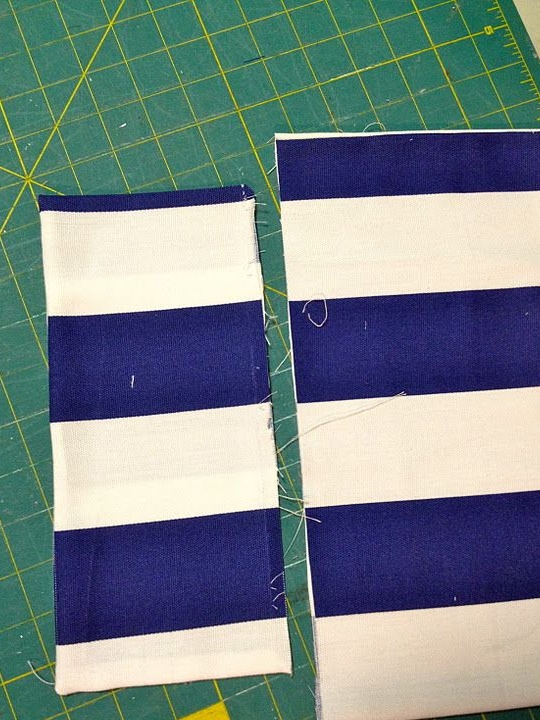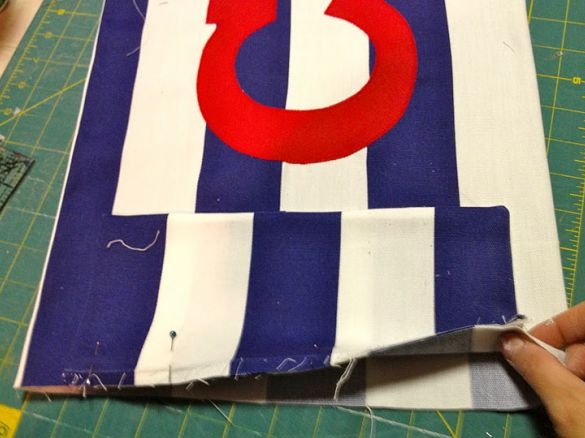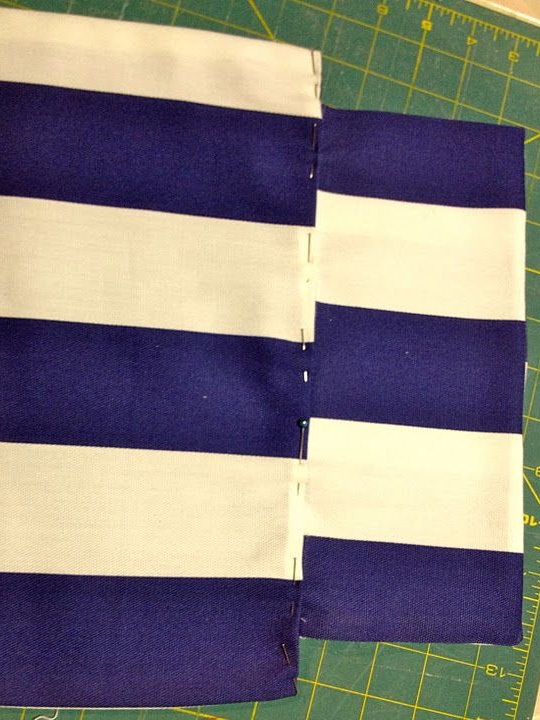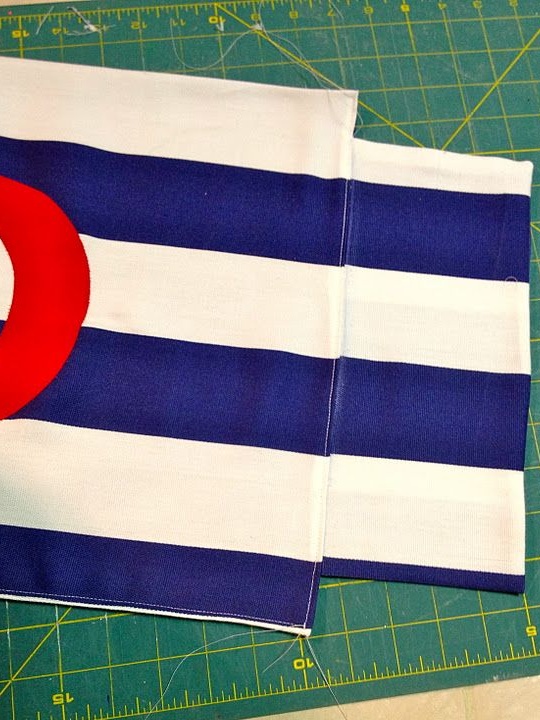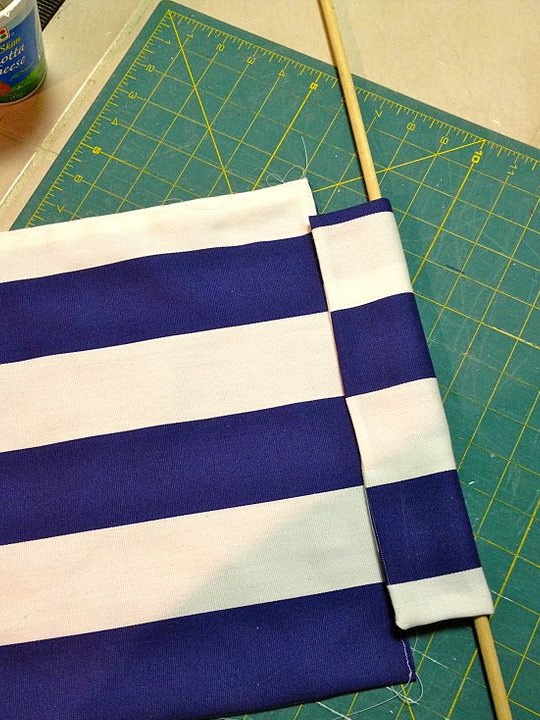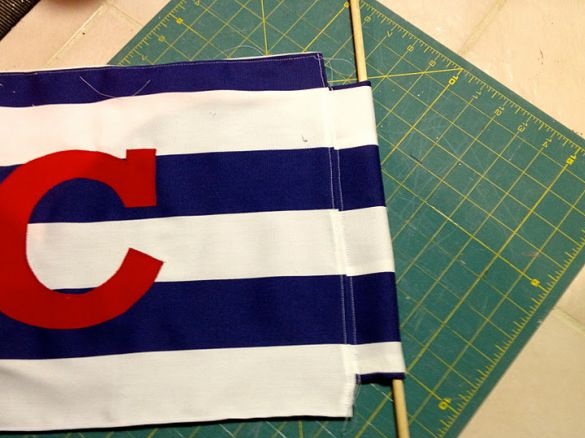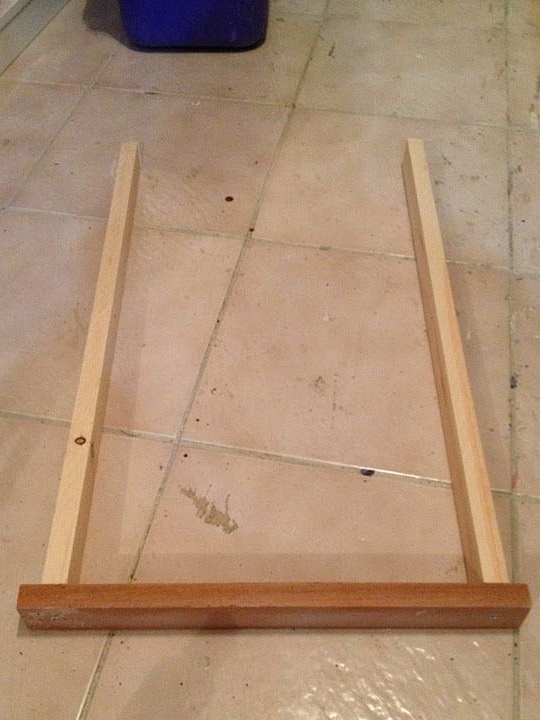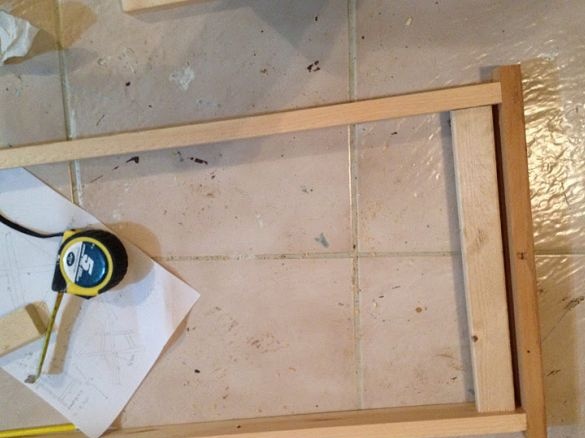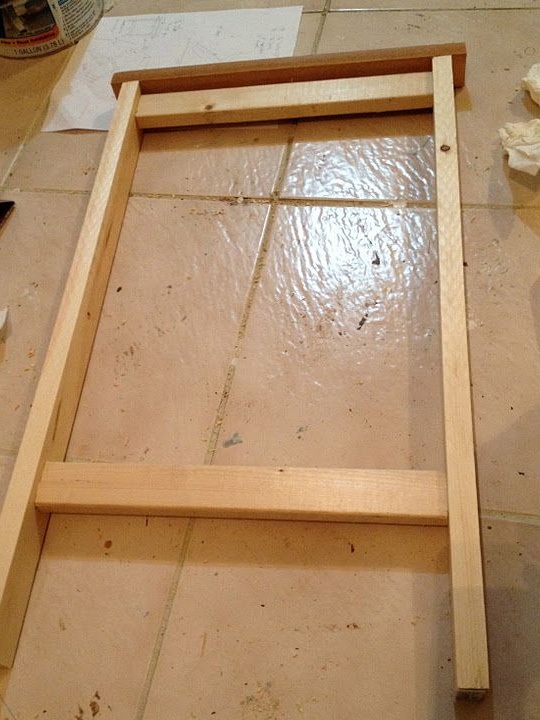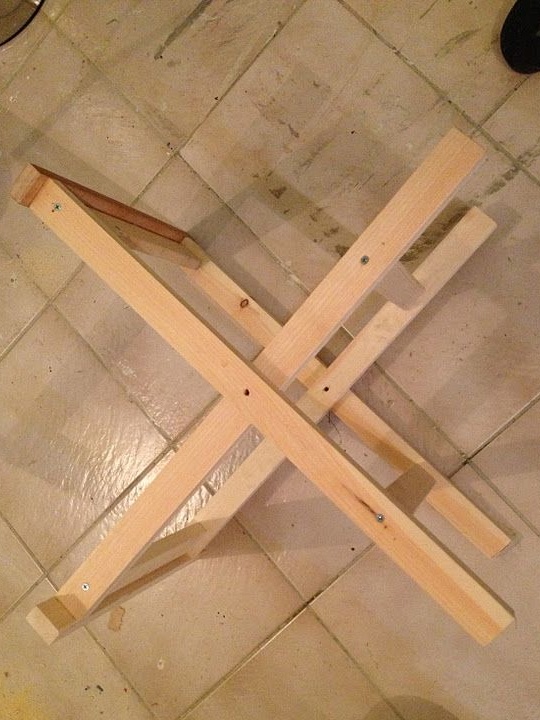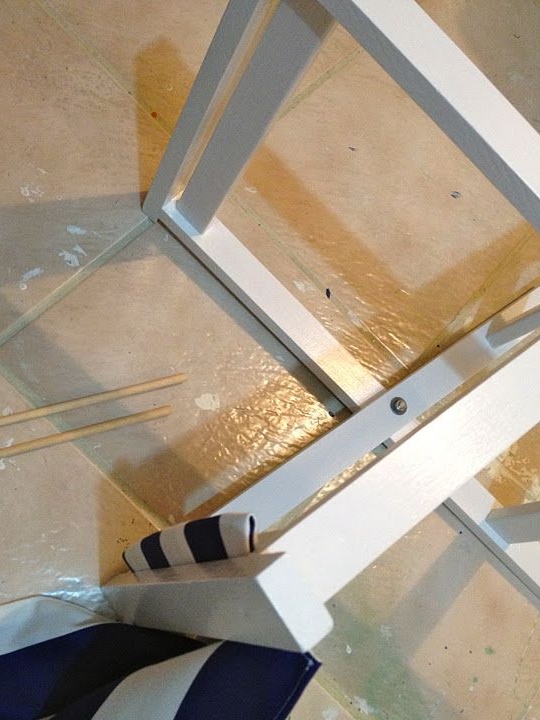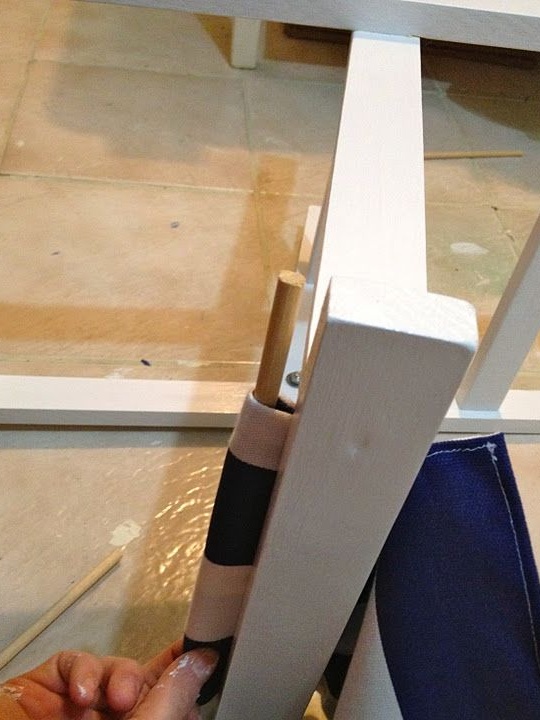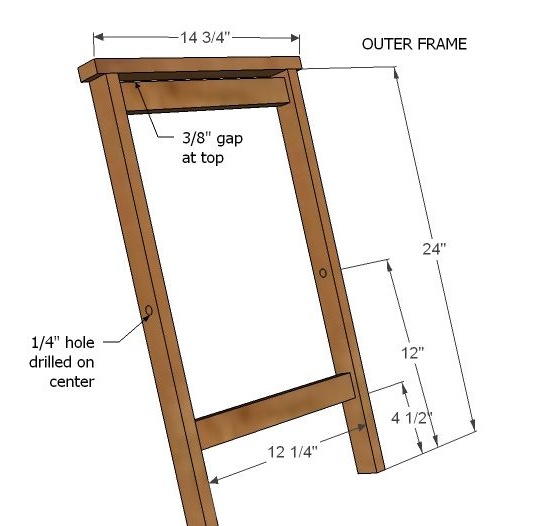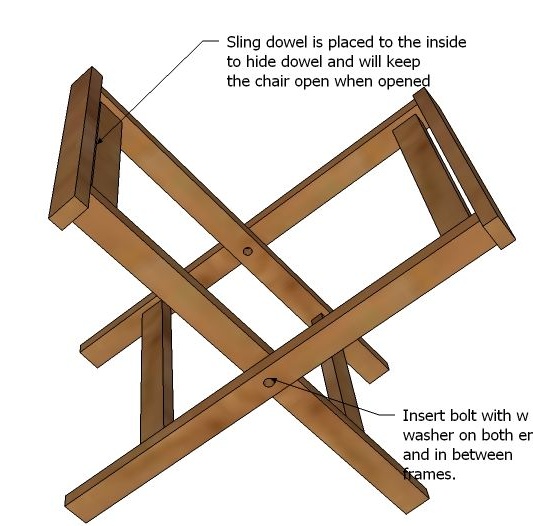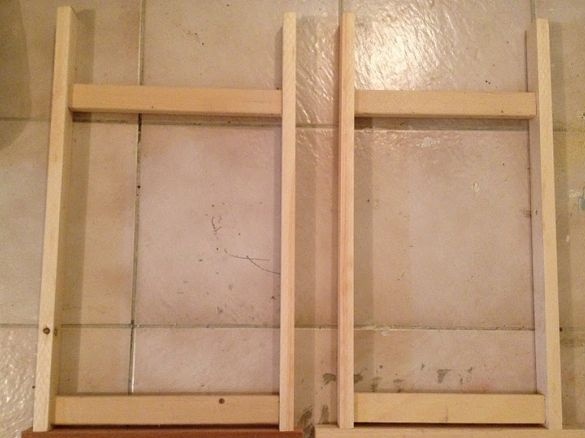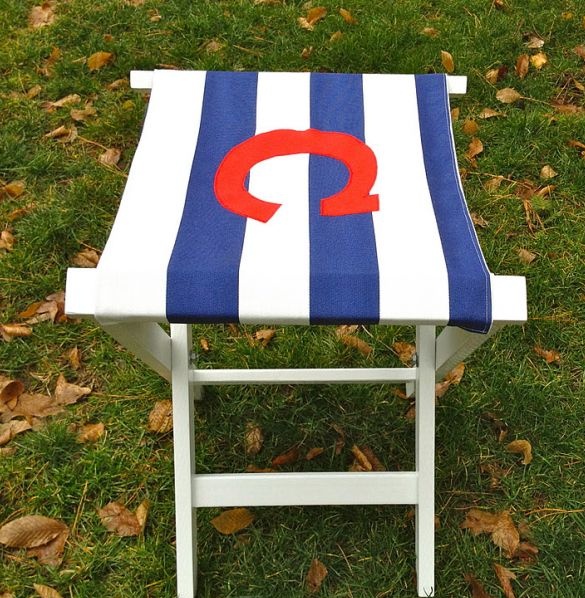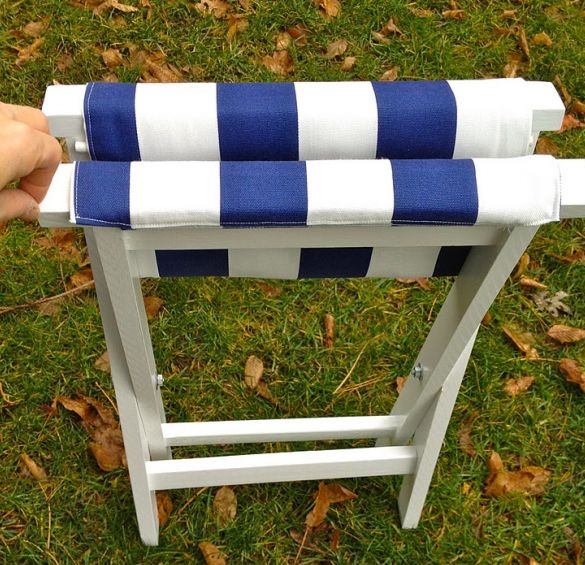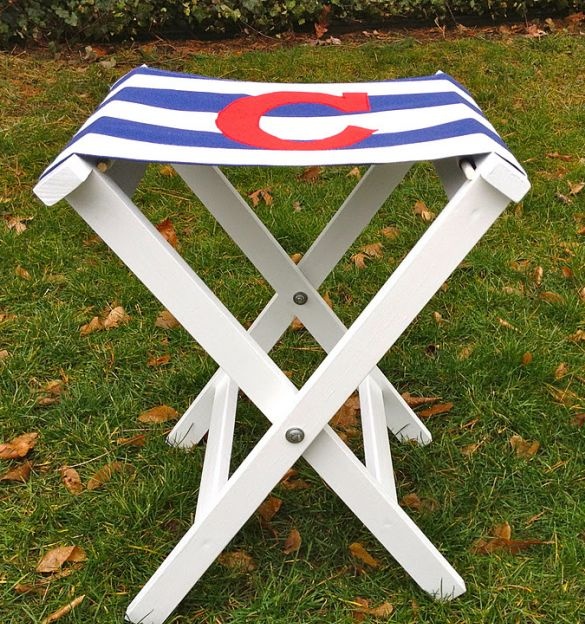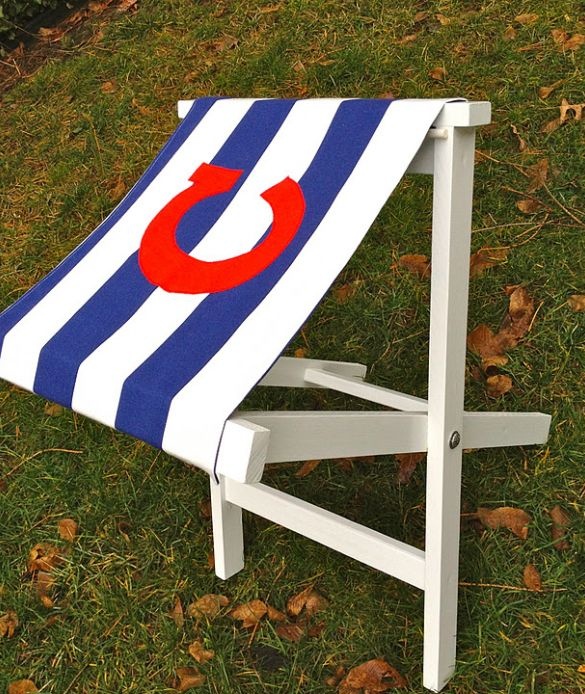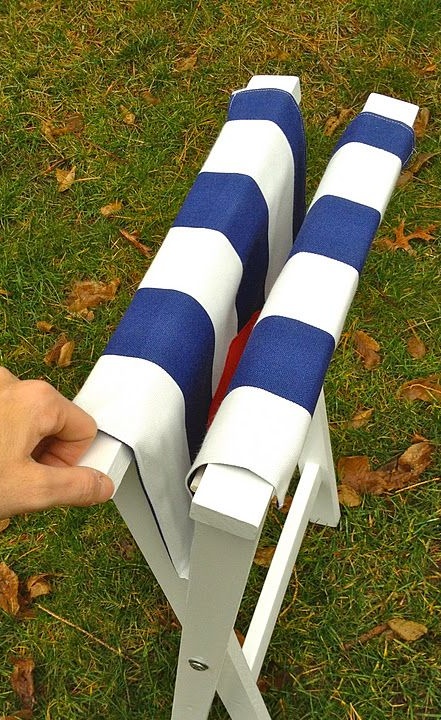
No one will argue that a folding chair is a useful thing in the household. Thanks to the textile top and the small volume of materials, it is unusually light and compact when folded. For this reason, a folding chair will become your reliable companion while fishing, on vacation outside the city, on the beach, and in general - under any circumstances.
However, despite the simplicity of its design, the cost of such a chair in the market or in the store is often very, very high. It doesn't matter, a folding chair can be easily do it yourself in home conditions.
You will need strong wooden slats and bars, preferably without knots. They must be well dried and planed. Also choose a piece of suitable fabric - strong and durable, woven from a thick thread with the addition of synthetics. Such fabric usually does not stretch lengthwise and crosswise, does not crease and has high wear resistance.
In order to make a folding chair yourself, you will need:
Materials:
- slats and bars made of hard wood, such as oak, ash or maple;
- a piece of durable fabric with allowances for seams, strong threads;
- bolts for connecting wooden structures, washers and nuts of the required diameter;
- glue for woodwork (optional);
- white paint or any other shade;
- thin poles for fixing textile seats;
- wood screws.
Instruments:
- a hacksaw for wood or any suitable power tool for sawing wooden slats and bars;
- electric drill;
- screwdriver;
- a grinder or sandpaper;
- sewing machine;
- scissors, sewing needle;
- ruler;
- paint brushes;
- flat screwdriver and pliers for fixing bolts;
- building tape measure and square;
- a pencil.
Step one: determine the dimensions of the chair, markup and prepare the details
The height of the chair presented in this workshop is approximately 450 mm. The width of the seat when fully unfolded is 500 mm. All sizes are presented in inches, so let's try to figure out the details of the details.
If you are comfortable with the dimensions of the seat, you will need the following details:
- four legs of 600 mm;
- four transverse crossbars of 300 mm;
- two upper crossbars of the base of 370 mm;
- a pair of wooden poles of small diameter for fixing the textile top with a length of about 360 mm.
That's all the wood details. The design is simple. The main thing is to collect everything as it should. For the manufacture of legs, it is better to use bars.For other parts - rails. Provided that you have chosen hardwood lumber, such fragile, it would seem, frame elements are quite enough for the chair to support the weight of an average person. However, much depends on the strength of the fabric.
Mark all parts of the folding chair using a square. The square is especially useful if you are sawing bars and slats using a hand saw in wood. So, the cut will be smooth and accurate.
Grind all workpieces thoroughly with a grinder or fine-grained sandpaper. Remove any irregularities and roughness before starting to paint parts.
Step two: painting the wooden folding frame
Painting the chair is best done while the parts of the chair are in disassembled condition. Put them on a clean surface and prepare everything you need.
Small parts can easily be painted with spray cans. So, the paint lays more evenly, and the paint layer turns out more uniform. However, regular paint in cans, which is sold everywhere in construction stores, is also great.
Choose a paint that forms a hard and durable coating after drying. Such paint does not scratch and lasts a very long time even without applying varnish on top of it.
Similar properties are possessed by high-quality alkyd enamels and oil paints. Waterproof furniture paint is also suitable. Apply paint in several layers. Be sure to wait until each previous layer is completely dry. Typically, the drying time is indicated in the instructions. Three or four layers of paint will be enough.
Before painting, pay attention to the thickness of the paint. Enamels tend to thicken even if all storage standards are observed. If the paint is too thick, when applying four layers, the coating will be excessively thick and may peel off over time. In this case, add a little solvent directly to the can of paint and shake it thoroughly. After that, the paint is ready for use.
Step Three: Making Fabric Seats for a Folding Chair
The fabric seat consists of the actual base for the seat and two hollow parts for fixing it between the rails with poles.
All sewing work is carried out on a regular household sewing machine. The author, among other things, made a colorful application.
The dimensions of the host for the manufacture of seats are 670 x 470 mm. Such a supply is necessary in order to make allowances for seams and allow for sagging fabric. You will need two of them, since the seat is double. Or take one piece with double width. Also cover two 570 x 100 mm sections for side hollow parts.
Sew the base along the longitudinal sides so that a hollow cylinder forms. Fold the edges that are not sewn together and iron them with an iron in a neat, even line.
To make side mounts, bend each part in width and sew. Bend the part with the wrong side inward and bast. Place the edges of the resulting loop in the unstitched sidewalls of the seat and bite. Sew the seams so that the jagged edges of the side parts are between the two layers of the seat base.
Make a decorative stitch around the entire perimeter of the seat so that it holds its shape and does not bend.
Step Four: Assemble Folding Chair
Mark the middle of each leg and drill a hole slightly larger than the diameter of your bolts.
Assemble the U-shaped panels of the legs and fix the upper and lower poles inside. Connect the panels together using bolts, washers and nuts. Use a pair of pliers and a flat screwdriver to fix the head of the bolt.
Pass the side parts of the textile seat into the grooves between the upper rails from the outside as shown in the photo. Place a thin wooden pole on the inside of the cavity. She will keep the seat on the frame.
Folding wooden chair with fabric seat is ready! By the way, in the USA only $ 5 was spent on its manufacture.

